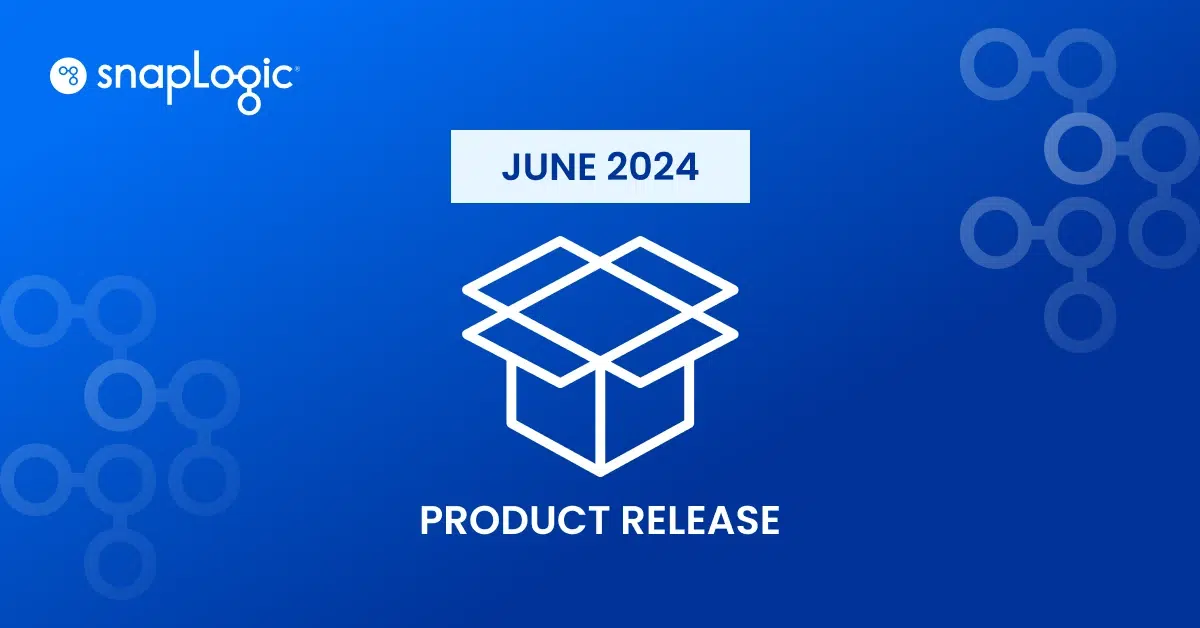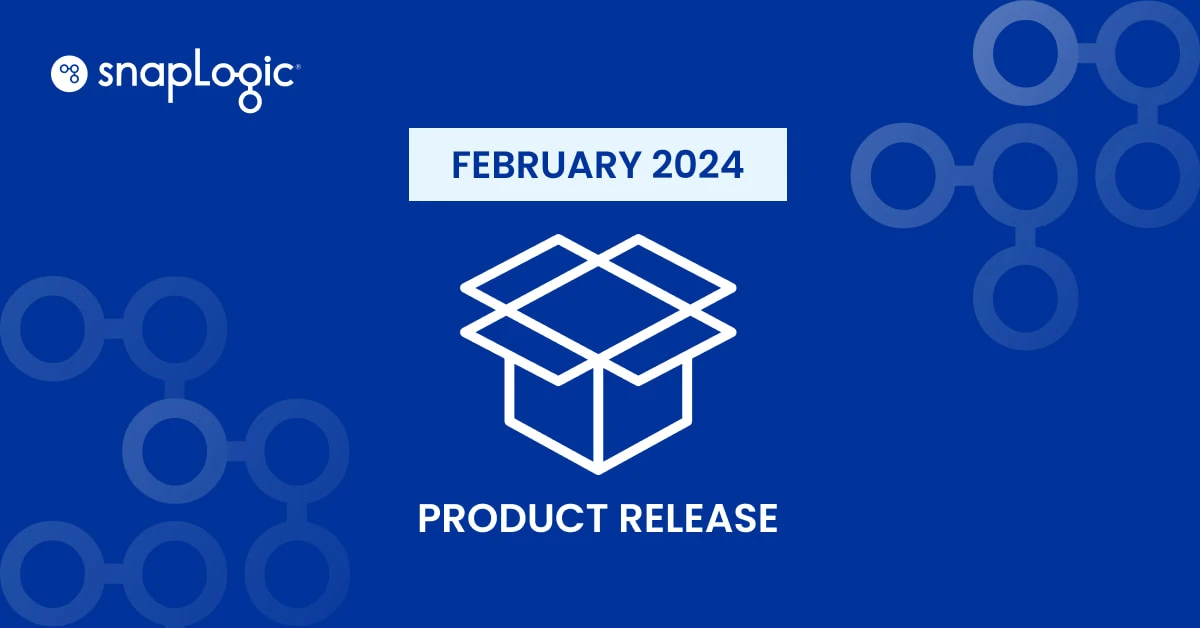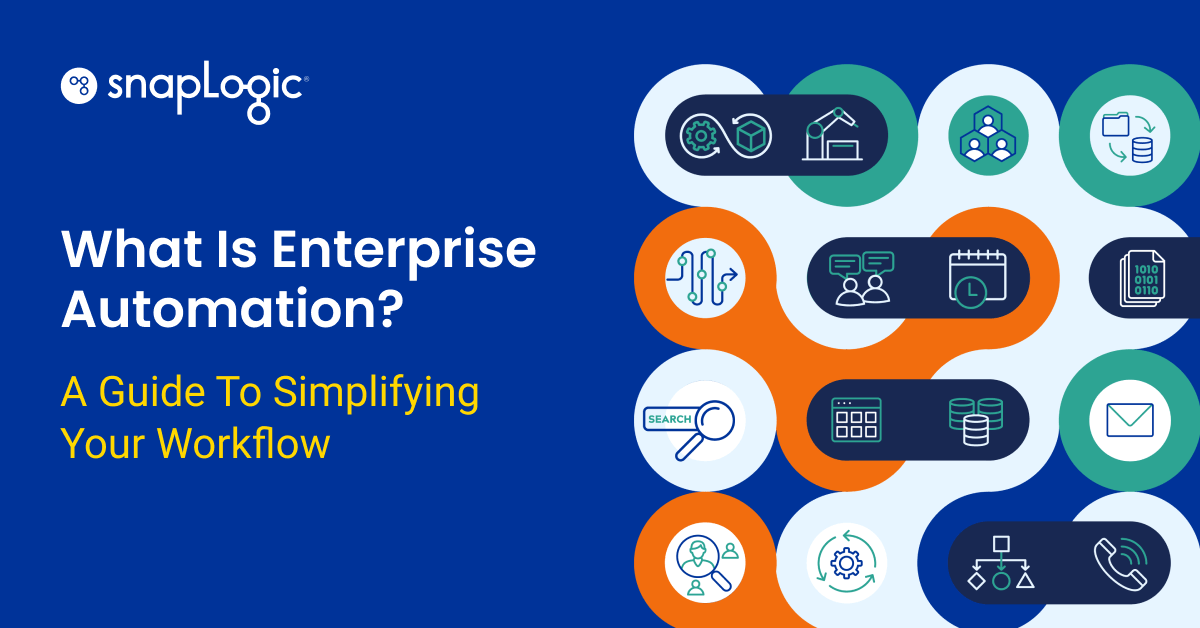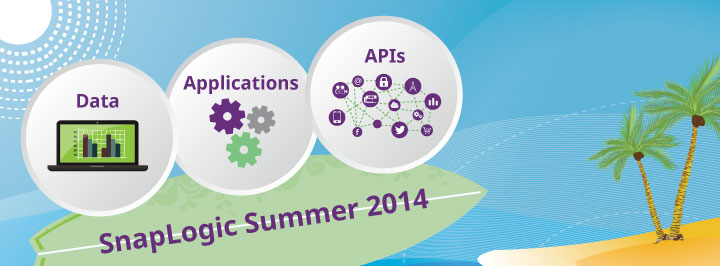?A unified approach to connecting growing data volumes, types and sources as well as new and legacy business applications and proliferating APIs is essential to becoming a truly elastic enterprise. SnapLogic Summer 2014 is our most significant upgrade to date, introducing cloud platform, end-user and developer innovations that will enable our customers to get more value from all of their data, regardless of where it resides.? – Gaurav Dhillon, co-founder and CEO of SnapLogic
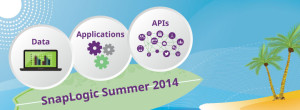 Today we’re excited to announce our biggest release yet for powering the elastic enterprise with a unified integration platform to connect big data sources, cloud and legacy applications and APIs. The Summer 2014 release addresses two primary challenges faced by modern IT organizations: enterprise application portfolio “cloudification” and dealing with data gravity, as more and more business data resides off premises. As Gaurav mentions in his quote above, a primary goal of this release is to ensure that our customers can access and connect any and all data no matter what systems or applications it resides in, and whether it’s in the cloud or behind a company’s firewall.
Today we’re excited to announce our biggest release yet for powering the elastic enterprise with a unified integration platform to connect big data sources, cloud and legacy applications and APIs. The Summer 2014 release addresses two primary challenges faced by modern IT organizations: enterprise application portfolio “cloudification” and dealing with data gravity, as more and more business data resides off premises. As Gaurav mentions in his quote above, a primary goal of this release is to ensure that our customers can access and connect any and all data no matter what systems or applications it resides in, and whether it’s in the cloud or behind a company’s firewall.
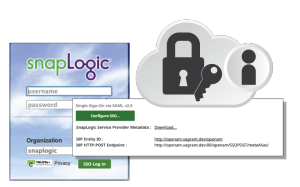 The SnapLogic Elastic Integration Platform Summer 2014 release includes the following features (more details on our What’s New page here):
The SnapLogic Elastic Integration Platform Summer 2014 release includes the following features (more details on our What’s New page here):
- New dashboards and insights for deeper and broader operational telemetry
- User interface innovations and self-learning for advanced users and “citizen integrators”
- SAML 2.0 single sign on (SSO) support for user management and authentication
- SnapReduce 2.0 to connect the SnapLogic iPaaS to on-premises and cloud-based Hadoop clusters for big data processing
- 20+ new and updated Snaps for all customers
- A new Snap development community for java developers
This release is an important one – as Carl Lehmann, research manager at 451 Research noted:
“Cloud integration is just getting started for many end-user enterprises, so the market for data and application integration across hybrid and multi-cloud architectures will be strong. SnapLogic is poised to capture some attention among big-data analytics buyers. Its design UI and tooling are attracting integration developers, and its time to value and flexibility to alter and change integration patterns are appealing to top-level IT executives.”
So what’s next? We’ll be talking more about the new challenges in enterprise IT – and a unified iPaaS as a solution – in our upcoming webinar, and you can read more in today’s press release or on our What’s New page.



